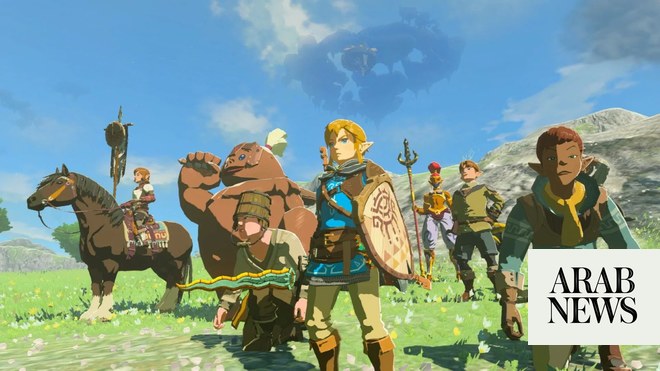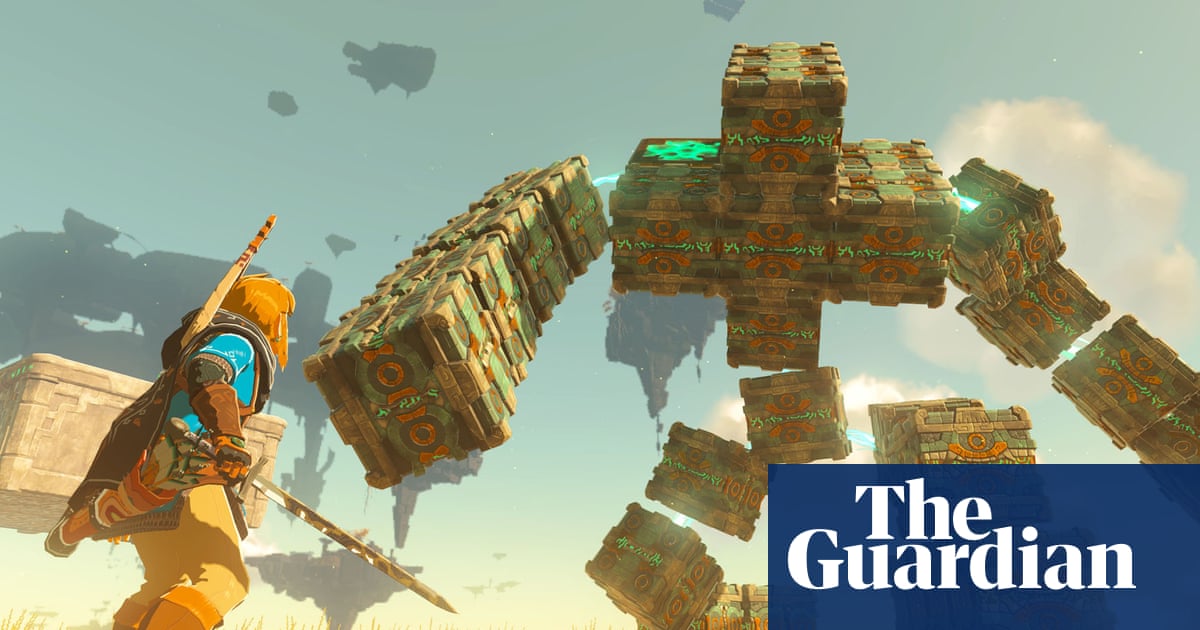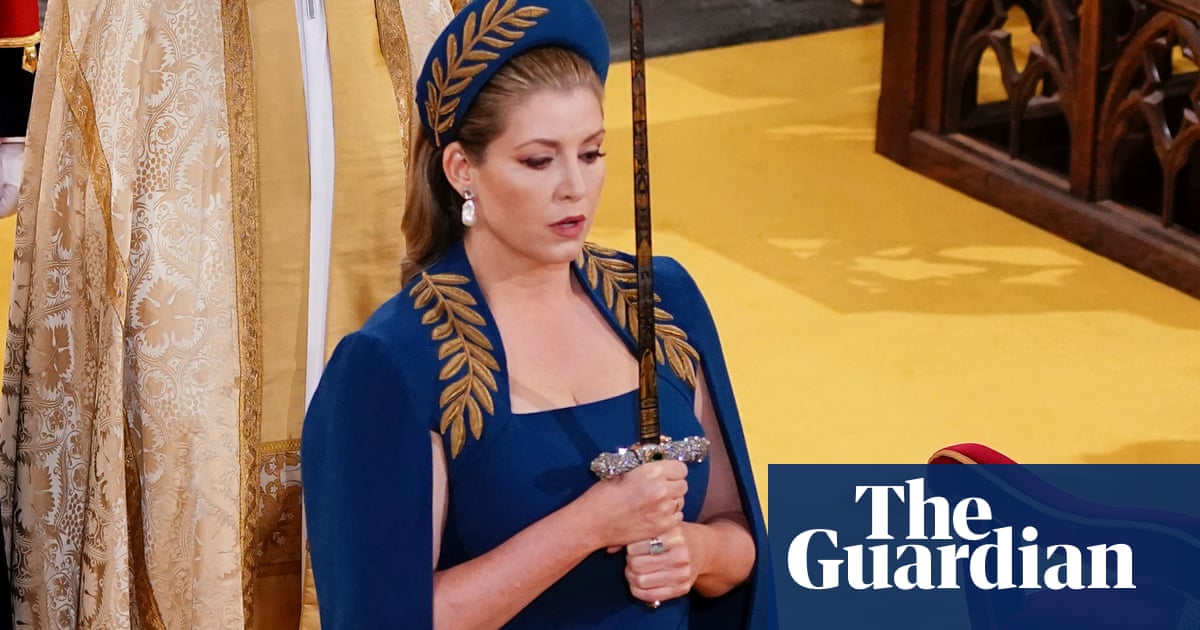
In 2011, when Nintendo reforged The Legend of Zelda around the waggling of a Wii remote in Skyward Sword, there was a sense that the developer had lost sight of the wood for the trees; that in focusing so tightly on gyroscopic sword-waving, the game lost some of the series’ adventurous scope. But now that motion controls are widely accepted, or at least less pressed to argue their case, this HD remake seems more comfortable in its own skin. The hand-swinging sword combat benefits from the Switch controllers’ tighter tracking, and new button controls accommodate players who are reluctant to shift from a horizontal couch position.
Motion control detractors may claim that Nintendo is conceding something here, but this is still a Hyrule built around the drama of a directional slash. Slobbering plants can be sliced along horizontal and vertical jawlines, and the glowing seams on robotic totem poles beckon like the “tear here” line on a family bag of sweets. Swinging one hand to cut and jabbing the other to parry with a shield is powerful play-acting, and nudging the control stick can’t help but feel timid by comparison. It left me wistful for the Wii, the pluck of a bow string transporting me back to Wii Sports Resort; a harp-strum dredging up memories of smiling politely through Wii Music recitals. It’s a shame that Nintendo has dialled back on motion controls just as the technology matured.
The adventure itself is an acquired taste. This was always a more linear and partitioned Zelda than others in the series, splitting protagonist Link’s time between his home in the clouds and the undiscovered country below. The former now feels like something from the 2017 Zelda instalment Breath of the Wild, with its many villages stretched over several inconvenient islands, while the regions you skydive on to never convince as organic worlds to explore and unpick. These woods and volcanoes have more in common with Zelda’s dungeons than its traditional overworlds; they are crammed with lateral thinking and playful gimmicks, but too composed and clockwork to ever come alive as a place.
Of course, if you are a fan of Zelda’s signature puzzle design, which constantly teases out new tricks from a bag of playful gadgets, this is heady stuff. Before even reaching any dungeons you’re surfing enemy carapaces across quicksand, manipulating pockets of time and flinging Link from lakes like Free Willy. It’s almost profligate, the way that Skyward Sword introduces and discards ideas that other games would build entire campaigns on. And thanks to subtle improvements – you can skip dialogue, the tutorials are less heavy-handed, and there are fewer interruptions from your ethereal companion, Fi – the notoriously slow to begin game now gets to this good stuff quicker. It’s nice to lose the visual fuzziness, too, though I remain unsold on the game’s impressionistic look. A few spotty textures do not a Cezenne make.
Enough time has passed for Skyward Sword’s best stretches to surprise all over again. Take Lanayru Desert’s timeshift stones, which, when struck, create a bubble of the past. Arid sand sprouts grass and skeletons revert into very much alive gremlins, as you attempt to juggle threats across two eras. Zelda often plays with dual worlds, but watching them play out simultaneously, in real time, is pure magic. Breath of the Wild has a lot, but it doesn’t have a time-travelling boat that reanimates dunes into ocean.
Nintendo has done an unconvincing job of trying to position this remaster as a kind of prototype Breath of the Wild, and it sets newcomers up for disappointment – and undersells Skyward Sword’s unique charms. It’s hard to think of two Zelda games less alike: one a celebration of unbridled freedom and emergent thrills, the other an on-rails rollercoaster built by Nintendo’s brainiest puzzle architects. Somewhere in the middle there is a potent compromise – and the skydiving in the forthcoming sequel to Breath of the Wild suggests it may have been found. But until then, Skyward Sword is doomed to feel less ambitious. After Breath of the Wild, though, what game isn’t? A backward step it may be, but Link still holds that sword arm high.












